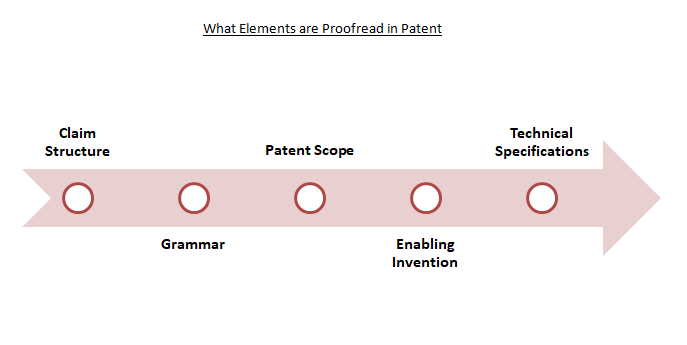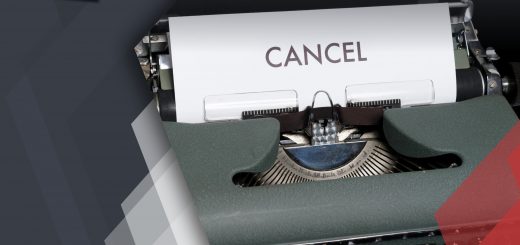How to Conduct Patent Proofreading?
Patent proofreading is a process which ensures identification & rectification of errors as well as accuracy of the patents which affect the enforceability of patents. This process must be used as an indispensable step either before grant of patent via a pre-issuance review or post grant of a patent.
Table of Contents
Patent Proofreading Parameters
- Compare the Image File Wrapper (IFW) documents and amendments of the final issued copies, line by line or read “blind”.
- Check page numbers and page headings
- Ensure that illustrations, headings and labels correspond with each other and with the text
- Claims are checked for enablement and usage of correct terms
- Ensure consistent styles by following a style guide, if supplied, or compiling one on your own
- Look out for omissions and inconsistencies in layout, content and typography
- Check the table of contents against chapter titles, page numbers and other matters like appendices, index, classes, references, etc.
Patent Proofreading Methodology
Depending on your need the proofreading can be performed for:
- Full patent including front/face page, drawings, claims, abstract and specification, or
- Only a few sections of the patent: face page and claims proofreading.
- Face Page proofreading: involves a review of the face page of the granted/issued patent to identify errors.
- Drawings & Specifications proofreading: involves proofreading the drawings or designs and ensuring all drawing reference numbers have been defined in the specification.
- Claims proofreading: ensures all claim amendments have been incorporated and highlight antecedent errors along with any dependency errors.
What Type of Errors can be Rectified?
Errors in the patent draft may occur on the face page, in the claim section or in the entire specification covering the drawings as well. The different types of errors include:
- Clerical errors
- Erroneous figures or tables
- Incorrect claim numbering
- Grammatical errors
- Errors in claim dependencies or missing claims
- Typographical errors
- Duplication of text and more
Although all errors impact the enforceability of an issued patent, some errors are more significant than others. For instance, the claims section is the most important part of a patent application since it defines the scope of patent protection. Therefore, missing or erroneous claims are one of the factors that can hamper the patent enforceability.
What Elements can be Proofread?

Claim Structure
Patent claims are possibly the most important element of a patent specification which outline the boundary of protection granted by a patent. Proofreading the claim checks missing and vague antecedent references and ensures support in the specification for what is claimed. Since claims are important in patent specifications, proofreading the claim gives them a definite structure so that there is consistency between what is disclosed and what is claimed for.
Grammar
Grammar is another extremely significant element in the patent draft. It decides how a sentence is perceived. Therefore, the sentences should be concise, clear, and well-structured to avoid any ambiguity and patent rejection. Proofreading eliminates grammatical errors and ensures that the draft is simple and precise.
Patent Scope
The patent scope defines the limit of protection granted by a patent. The proofreading process ensures that the extent of protection claimed by the invention is neither too broad nor too narrow. If the patent scope is too broad, it increases the chances of rejection and if it is too narrow, it results in an ineffective patent.
Enabling Invention
Generally, a patent scope discloses the invention to the fullest, however sometimes an enabling invention may be missed leading to rejection of the invention. Proofreading a patent helps decide whether the patent scope has disclosed an enabling invention or not.
Technical Specifications
Some technical specifications have been recommended for an impeccable and technically sound patent. Proofreading helps in confirming if the draft adheres to all these outlined technical specifications.
Final Thoughts
Statistics suggest that 98% of USPTO patents had errors and over 50% errors were made by the USPTO. Furthermore, 2% patents had major errors that could impair the core claims. Given the importance of a patent in protecting an invention, one cannot afford to commit errors. The patent proofreading process checks for all possible errors to ensure the grant of an enforceable and commercially viable patent.
Sagacious IP’s Patent Proofreading service enables you to identify errors in an issued patent by cross examination of communication documents stored in the IFW document of USPTO Public. Know more about the patent proofreading service today!
– Prateek Mohunta (COO), Sameer Kumar (IPMS) and the Editorial Team
Having Queries? Contact Us Now!
"*" indicates required fields




